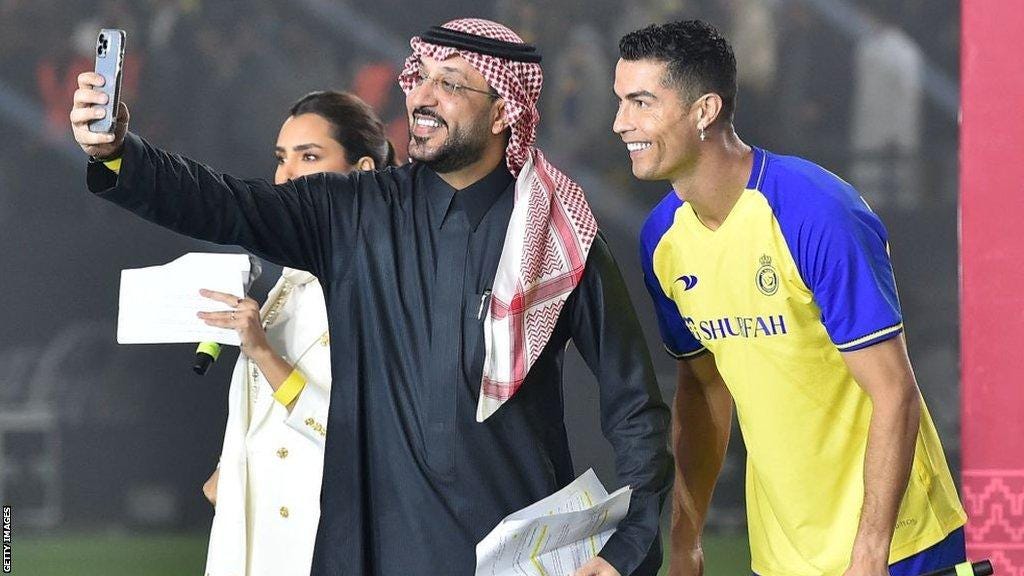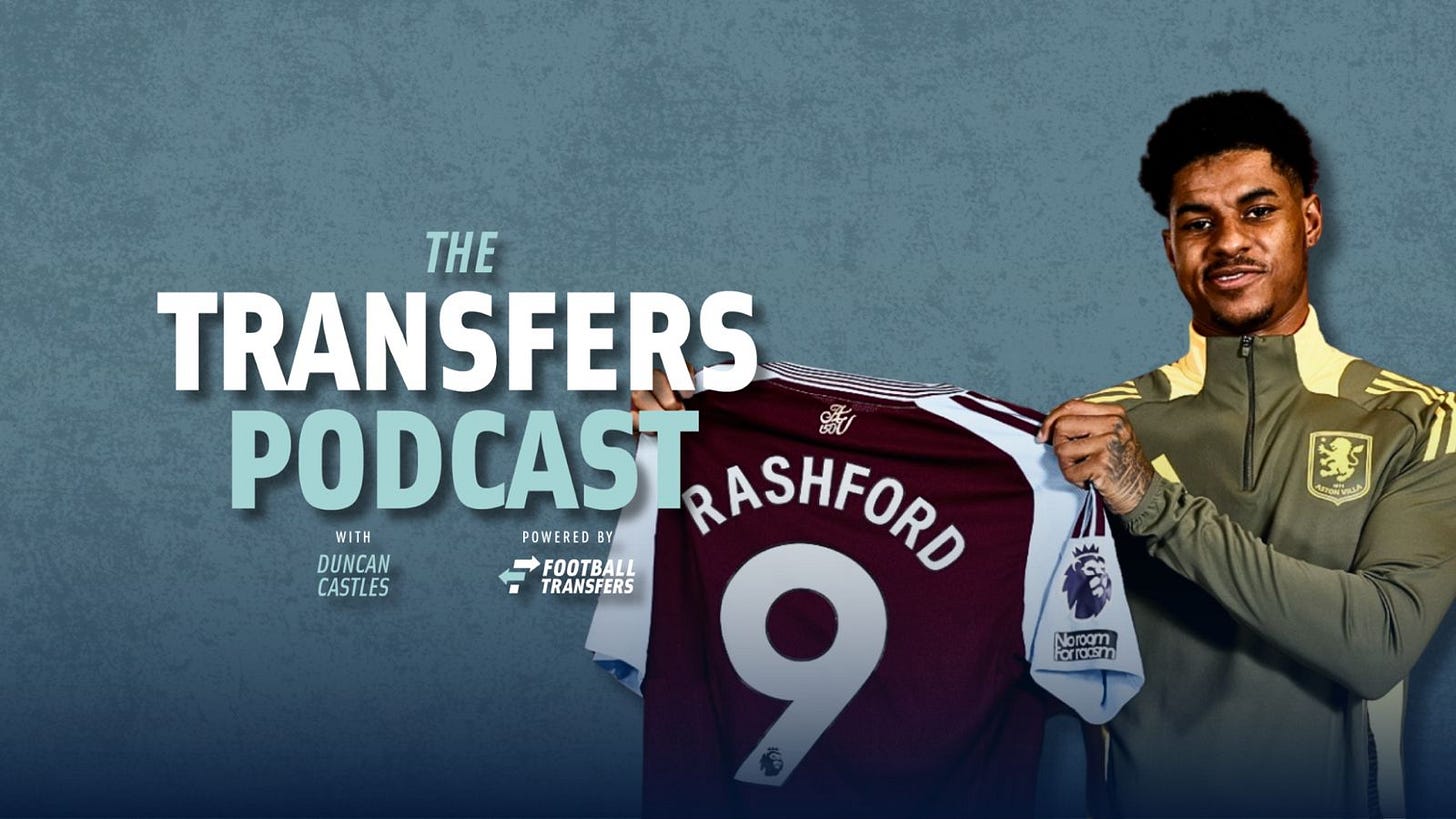Saudi, sanctions and fire sales: five trends which will define the summer transfer window
From the Middle East to the city of Manchester, what will shape how the window goes?
By Paul Macdonald, FootballTransfers Co-Founder
The summer transfer window is almost upon us and it is shaping up to be one of the strangest ones ever.
Football is in a state of flux; stricter financial rules coupled with the growing spectre of TV rights deals - terminal in the case of Ligue 1 - alongside another Saudi Arabian foray into the market could lead to an unprecedented summer shake-up.
FootballTransfers Co-Founder Paul Macdonald has outlined the five defining factors which will shape the summer window.
1. The Saudis are back - and smarter
Despite landing some big names since their inaugural attempt to disrupt the football space, the Saudi Pro League has taken a step back to assess what its goals are and, in many ways, refine their approach.
Cristiano Ronaldo’s move has been a clear and obvious success for the Public Investment Fund (PIF) fronting up the expenditure for the league, but for every CR7 there’s been either outright failures - such as the farcical Neymar deal in which he arrived, got injured, and collected an obscene paycheck for not very much - or a lack of desire from true big hitters to go to what is still seen as a backwater league (Kylian Mbappe, among others).
But instead of going all out for current superstars, the approach is likely to move to enticing the ‘next big thing’ - scouting emerging, or younger, talent. They already made a major move for Jhon Duran in January, signing him for €77m from Aston Villa, and the 21-year-old’s profile absolutely fits the bill for what the Saudis plan this summer. Expect more bids of this ilk and a serious amount of spending.
2. The market needs the cash injection
Much of the business that took place in the January transfer window can be sourced almost exclusively to the Middle East, either directly or indirectly.
Whether it was the Saudi Pro League signing Moussa Diaby and Jhon Duran, or Abu Dhabi (via Manchester City) spending a huge amount in January comparative to previous seasons, this expense powered most of the other deals in the market, and it’s likely that the same will be the case this year.
The Premier League is still operating in between cost control measures; PSR will remain for another season but the clubs remain in talks as to when and how the new Squad Cost Control Ratio will begin. Teams will need to be aware of this and, as a result, expect there to be as many outs as there are ins in order to balance books.
3. The market will continue to trend young
In January 2023, the average age of signings was just over 23 years of age, but in January 2025 this number had fallen drastically to just under 20.
This is due to a number of factors; the current style of play places emphasis on fast, fit, agile players who can recover quickly from the additional sprints being asked of them in high press systems. But from a transfer perspective it’s to ensure that there’s sell-on value attached. If a player is a success, then there’s an in-built future value for younger players, but much less so for those on the other side of 30.
The case of Kevin de Bruyne is a pertinent one; the Belgian will be 34 in June and from a technical perspective clearly has much to offer. But it is an indictment of the modern game that such a precious asset is largely being overlooked and, by his own comments, seems equally surprised by that fact.
But a big contract for what would now be a luxury player in the current climate shows that this is a market where teams are largely not willing to take chances.
4. Manchester
Manchester will shape the market but to what extent remains unknown. United’s Europa League disaster means no Champions League windfall and, potentially, no ability to reshape the squad in the way Ruben Amorim will want. Furthermore, even if there is money to spend, will top players still want to go there?
City, meanwhile, have to regroup after what can only be classed as a disastrous season, and that will wholly depend on the long-awaited outcome of their 115 charges, which could drastically change the landscape.
City however could face any ream of punishments. Fine? Points deduction? Demotion? No-one knows as the case continues to drag on far longer than anyone expected. But what happens on the other side will inform what happens next; a City duly scolded and sent backwards, or a winning City with the hubris to go and spend unimaginable amounts once again. Was January a safety net in case of a transfer ban, or a huge statement of intent?
Both of these sides are among the biggest spenders of the past decade. Whether that spending can continue seems very much out of their hands.
5. The imminent Ligue 1 fire sale
Ligue 1 has marketed itself as ‘The league of talents’ for a few years now, and with good cause, given how many have made the grade there and gone onto better things across Europe. But given the increasingly concerning situation regarding their TV rights deal, selling those talents - and quickly - might be the only option.
You can read more about the Ligue 1 debacle here.
Ligue 1’s main rights holder, DAZN, is desperate to get out of their €400m per season deal, leaving the governing body, the LFP, scrambling to find solutions. Of which the most obvious one available is their own channel.
But that comes with gigantic pitfalls and huge revenue concerns in the immediate term. Clubs have bills to pay. Iconic French football assets are tumbling - Bordeaux being a prime example. This could be the summer when Europe decides to plunder the league and leave little else to challenge PSG afterwards.
At FootballTransfers we’ll follow the market every single day of the window. Follow our newsletter to make sure you’re up to date with all the latest developments.










